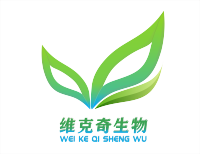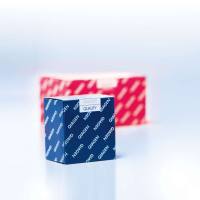Transformation of Maize Using Silicon Carbide Whiskers
互联网
541
As the most commercially valuable cereal grown worldwide and the best-characterized in genetic terms, maize was predictably the first target for transformation among the important crops. Indeed, the first attempt at transformation of any plant was conducted on maize (1 ). These early efforts, however, were inevitably unsuccessful, since at that time, there were no reliable methods to permit the introduction of DNA into a cell, the expression of that DNA, and the identification of progeny derived from such a “transgenic” cell (2 ). Almost 20 years later, these technologies were finally combined, and the first transgenic cereals were produced. In the last few years, methods have become increasingly efficient, and transgenic maize has now been produced from protoplasts as well as from Agrobacterium -medieited or “Biolistic” delivery to embryogenic tissue (for a general comparison of methods used for maize, the reader is referred to a recent review—ref. 3 ). The present chapter will describe probably the simplest of the available procedures, namely the delivery of DNA to the recipient cells by vortexing them in the presence of silicon carbide (SiC) whiskers (this name will be used in preference to the term “fiber,” since it more correctly describes the single crystal nature of the material).









